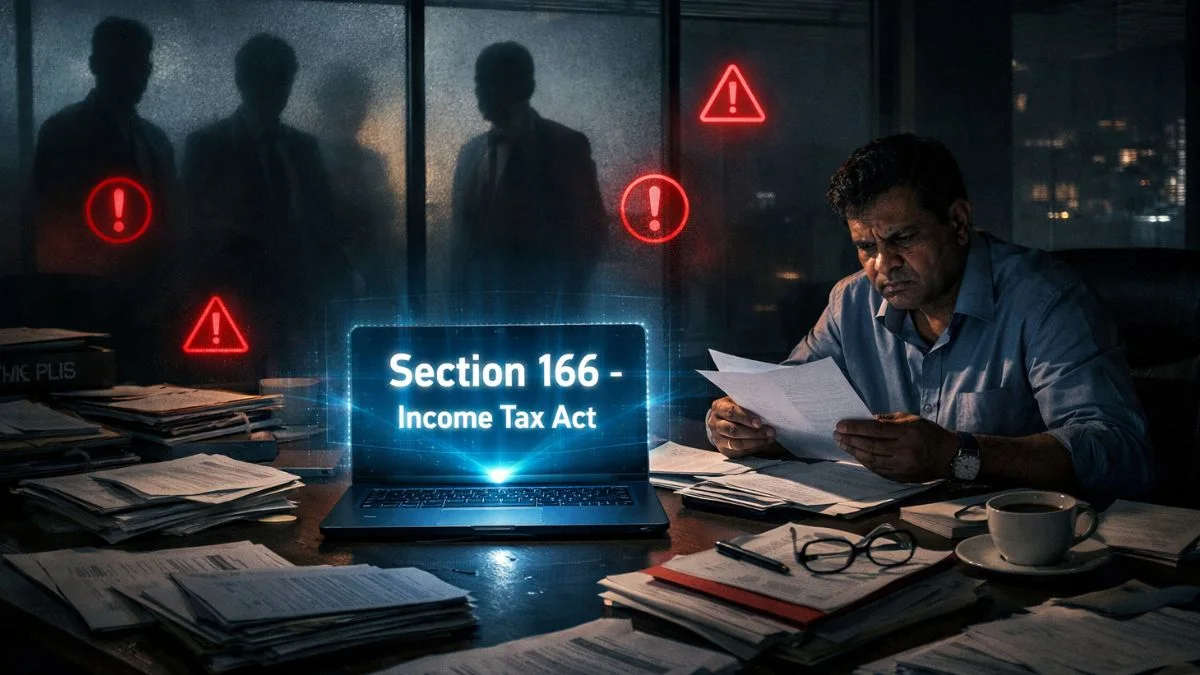
Introduction: What is Section 286(2) of the Income Tax Act?
Section 286(2) of the Income Tax Act, 1961, plays a significant role in ensuring tax transparency & accountability among multinational enterprises (MNEs) operating in India. With the rising concerns over Base Erosion & Profit Shifting (BEPS), this section was introduced to align India's tax framework with global standards set by the OECD.
In simple words, Section 286(2) requires the filing of a Country-by-Country (CbC) Report by the Indian entity of an international group if it meets specific conditions. Let’s decode what it means, its applicability, reporting requirements, & why it matters.
Applicability of Section 286(2) of Income Tax Act
The applicability of Section 286(2) of the Income Tax Act primarily targets international groups having consolidated revenues exceeding a prescribed threshold. As per the latest guidelines, this threshold is INR 6,400 crore (approximately EUR 750 million) in the preceding financial year.
If an Indian constituent entity is part of such a multinational group, & the parent entity is not obligated to file a CbC report in its home country, the Indian entity becomes responsible for filing the CbC report under Section 286(2).
Key Compliance Under Section 286(2)
To comply with Section 286(2) of the Income Tax Act, the following key actions are necessary:
- File Form 3CEAD: This is the official form prescribed for filing the Country-by-Country Report.
- Deadline: The CbC Report must be filed within 12 months from the end of the reporting accounting year.
- Entities Covered: Both Indian resident entities & non-resident entities with a permanent establishment in India may fall under the reporting obligation.
- Content of Report: The report under Section 286(2) contains critical financial data, including revenues, profits, taxes paid, & business activities across all jurisdictions where the group operates.
Why Section 286(2) Matters for Global Businesses
The significance of Section 286(2) of the Income Tax Act lies in its role in curbing tax evasion & bringing transparency. It ensures that profits are taxed in jurisdictions where economic activities generating those profits are carried out.
For Indian subsidiaries of foreign MNEs, failure to comply with Section 286(2) can lead to hefty penalties, legal scrutiny, & reputation risks. Thus, the timely submission of accurate reports becomes not just a legal formality but a crucial corporate responsibility.
Reporting Under Section 286(2) of Income Tax Act: Step-by-Step Guide
Here’s how to ensure compliance in a stepwise manner:
- Check Applicability: Determine if your group’s consolidated revenue exceeds the threshold.
- Identify Reporting Entity: If no parent entity or surrogate parent is filing the CbC report elsewhere, the Indian entity must take charge.
- Prepare Form 3CEAD: Gather data on global operations, taxes, & key financials.
- File the Report: Submit electronically to the Income Tax Department within the deadline."
What is Report Under Section 286(2)?
The report under Section 286(2) is a detailed document that outlines:
- Each group entity’s jurisdiction
- Revenues (both related party & unrelated party)
- Profits or losses
- Income tax paid & accrued
- Employee count
- Tangible assets other than cash
This information provides tax authorities with a clear picture of how profits & taxes are distributed geographically.
Penalties for Non-Compliance
Failure to file the CbC report under Section 286(2) of the Income Tax Act can attract:
- Penalty of ₹5,000 per day for the first month of delay
- Penalty of ₹15,000 per day beyond one month
- Further penalties for inaccurate information
Thus, understanding the applicability of Section 286(2) of the Income Tax Act is essential for every MNE operating in India.
Section 286(2) and Global Tax Environment
With the introduction of BEPS Action Plan 13, India adopted CbC reporting under Section 286(2) as a global best practice. This harmonizes tax rules & prevents profit shifting to low-tax jurisdictions.
The applicability of Section 286(2) reflects India's proactive approach in tackling international tax avoidance."
Conclusion: Stay Compliant, Stay Stress-Free
Section 286(2) of the Income Tax Act is a cornerstone of international tax compliance for MNEs in India. Timely filing, accurate information, & understanding the applicability of Section 286(2) can save your business from penalties & maintain your global reputation.
If you’re still confused about how Section 286(2) applies to your company, don’t worry—help is just a click away.
👉 Need expert help with your tax filings or Section 286(2) compliance? Visit Callmyca.com to connect with trusted Chartered Accountants who can simplify the process for you. Let the experts take care of your taxes while you focus on growing your business!











